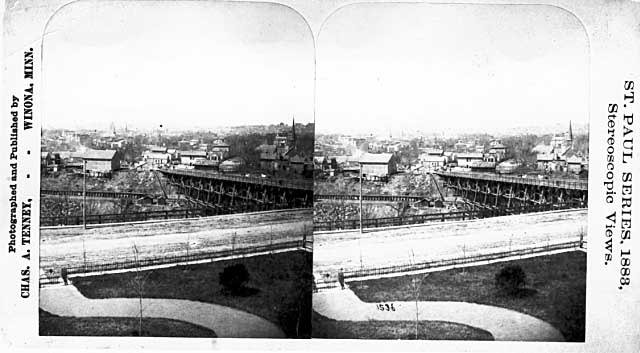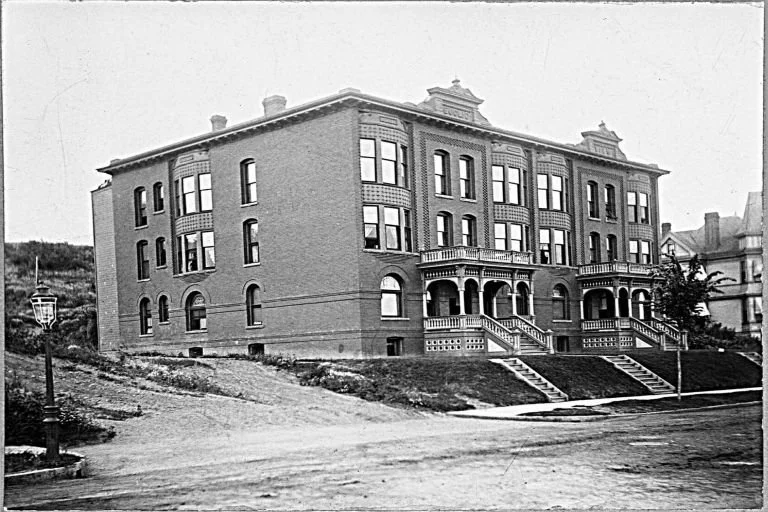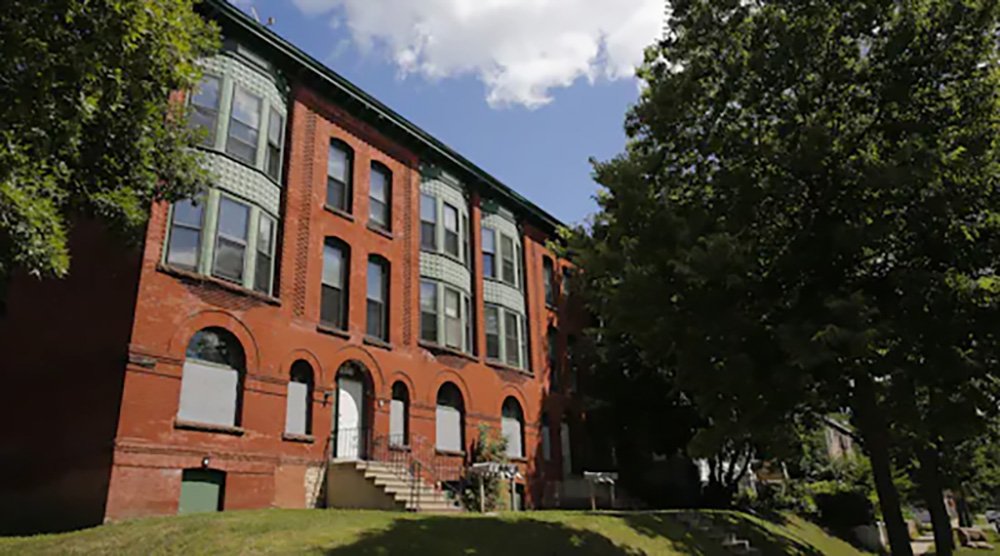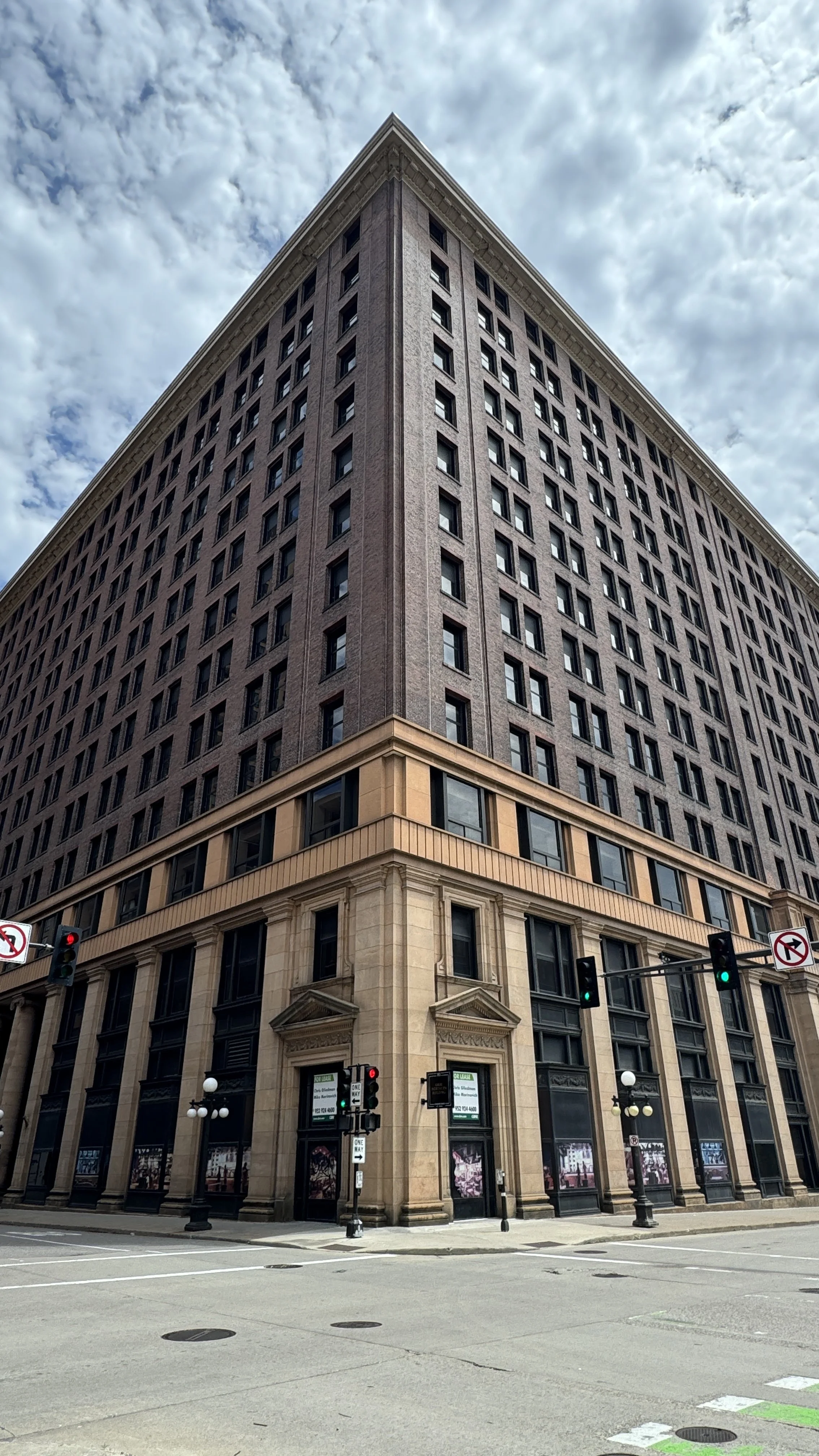Dayton's Bluff: Euclid View Flats
In the late 1800s the wealthy lived on Summit Avenue and the poor lived in Swede Hollow. Where did the middle class live?
A New Connection
Originally, the area called Dayton’s Bluff was separated from downtown St. Paul by Trout Creek and Phalen Creek. It was a treacherous route to cross. Only the wealthy could afford horses and carriages to make the commute more convenient. Once Dayton’s Bluff was connected to downtown Saint Paul by the East 7th Street bridge, development in the neighborhood started to boom. Duplexes, Flats and apartments, workers cottages and homes filled in the gaps between the original mansions.
In 1895, the Euclid View Flats were a special addition to the neighborhood. At that time, only about 2% of the housing in Saint Paul was apartment buildings. The affordable option attracted teachers, lawyers, salesmen and other mid-level workers.
*Today, almost 50% of the housing in Saint Paul includes multi-family homes
During the Depression, its 12 apartments were divided into 24. As streetcars lost out to automobiles and families moved to the suburbs the neighborhood lost a lot of homeowners and apartments stayed empty. The Flats became a “problem property” and by the 1980s were a known gang hideout. The vacant property continued to struggle for decades.
Intervention and Investment
When the building went into foreclosure in 2011, the city of St. Paul bought it and the building was restored as part of a larger effort to stabilize the neighborhood. It turned the tide and today more and more buildings are getting the renovations and updates they deserve.
The Euclid View Flats’ story is just an example of the trends that affected the whole Dayton’s Bluff neighborhood. Maybe not the most dramatic history, but a good study in how time, trends and investment affect neighborhoods like the ones most of us live in today.








